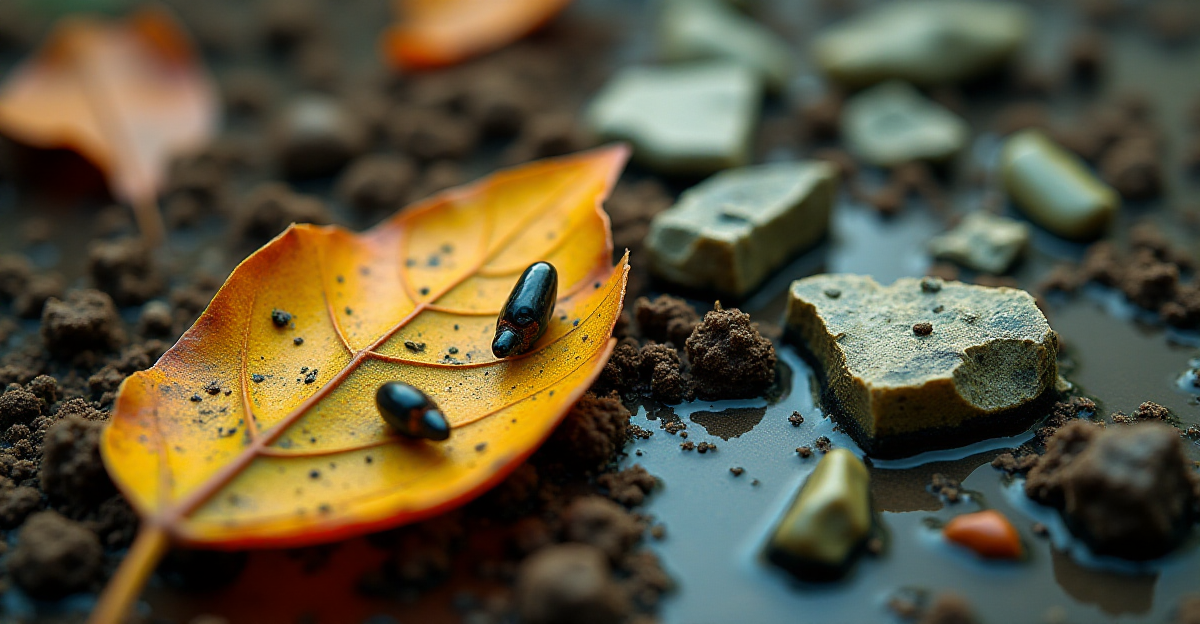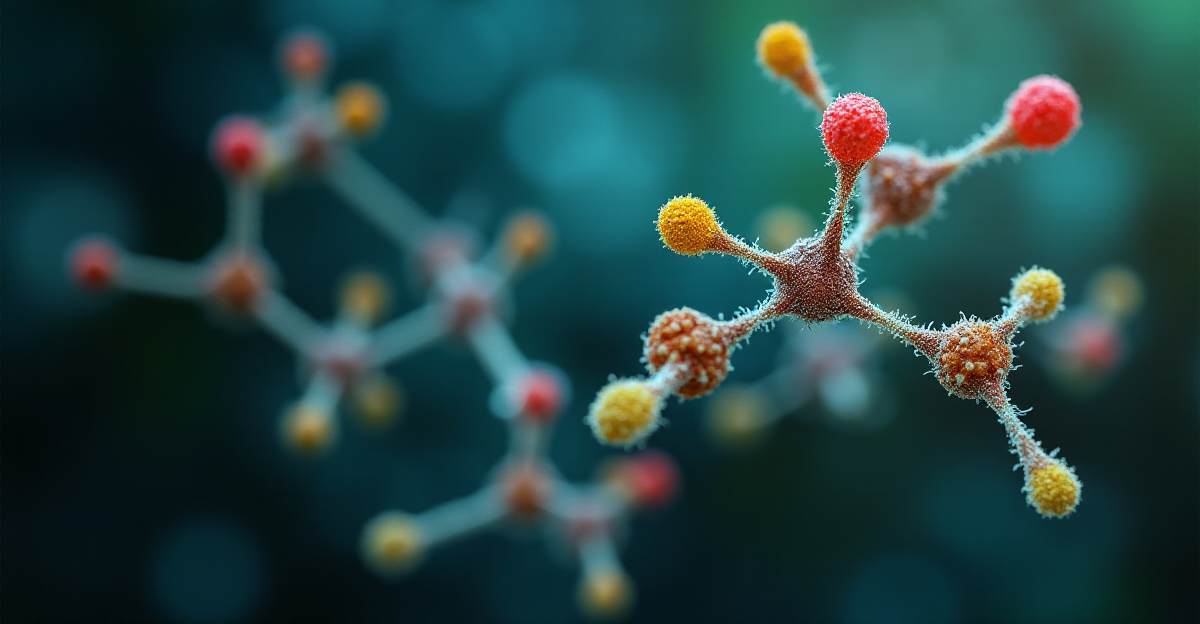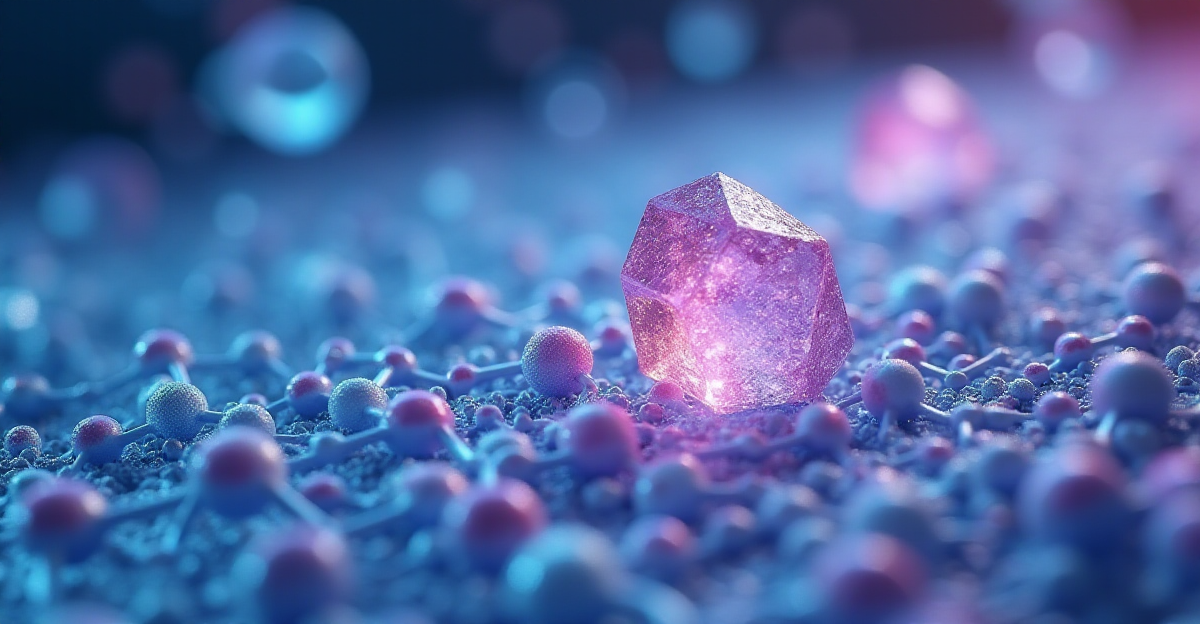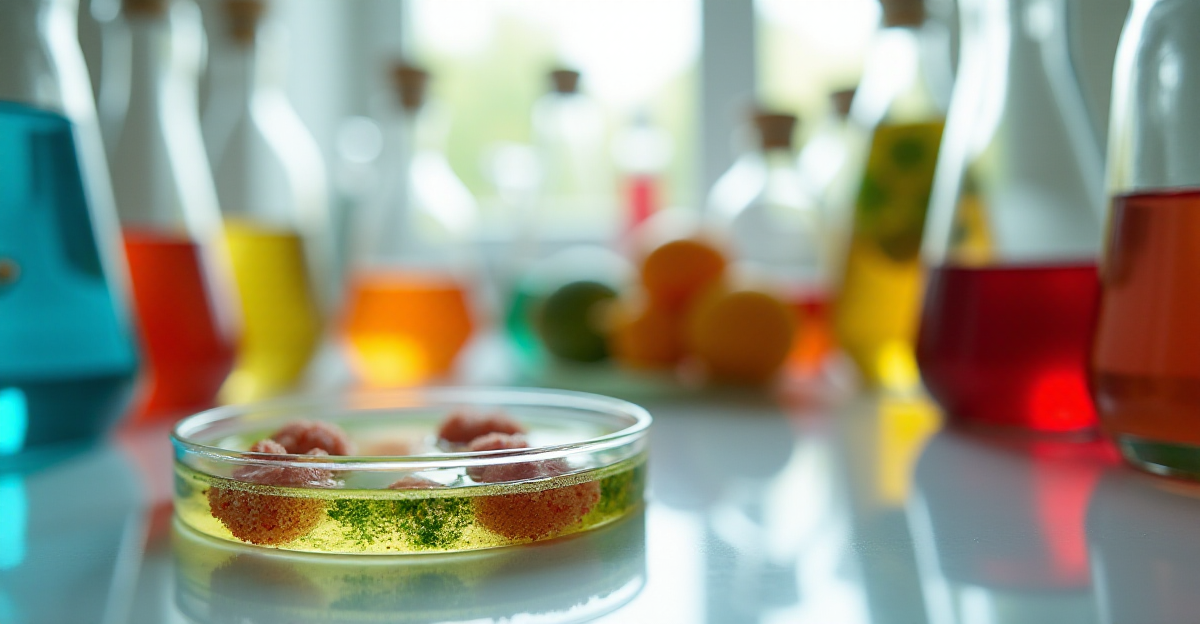The Chemistry of Memories: How Molecular Changes Shape Our Past

Studying memory development in neuroscience, I have seen the amazing chemical dance produced and preserved by our memories. Memory’s chemistry is complicated cascades of molecular impulses physically altering our neuronal connections. By means of protracted laboratory studies of synaptic plasticity, I have seen how many neurotransmitters and proteins cooperate to encode events into enduring memories. ...
Read MoreThe Chemistry of Breaking Down: Understanding Polymer Degradation in Nature

Over my study in environmental chemistry, I have looked at the intricate mechanisms of polymer breakdown in different habitats. The chemistry of material breakdown exposes possibilities as well as difficulties for tackling plastic contamination. Research on polymer breakdown in my lab has revealed how various environmental conditions either speed up or slow down these chemical ...
Read MoreThe Chemistry of Healing Plants: Nature’s Medicine Cabinet Revealed

Investigating ethnobotany and medicinal plant chemistry has shown the amazing chemical variety that renders plants effective healers. Over years of researching traditional medicinal plants from many civilizations, I have seen how several chemical components cooperate to produce therapeutic effects. The chemistry of medicinal plants reflects millions of years of evolutionary creativity in synthesis of bioactive ...
Read MoreThe Chemistry of Air: Understanding Earth’s Atmospheric Symphony

Years of study in atmospheric chemistry have shown me how the gaseous envelope of our planet preserves a delicate chemical equilibrium vital for life. By means of atmospheric sampling and analysis at various altitudes, I have seen how intricate chemical processes shape our air quality and climate. Our atmosphere’s chemistry consists in complex feedback loops ...
Read MoreThe Chemistry of Smell: Decoding Nature’s Aromatic Language

Working in analytical chemistry with an eye toward natural fragrances, I have descended deeply into the molecular realm of aroma chemistry. Every aroma we come across—from morning coffee to blossoming flowers—tells a complicated chemical tale. My studies on volatile organic chemicals have shown how little changes in molecular structure can produce rather distinct sensory experiences. ...
Read MoreThe Glowing Chemistry of Bioluminescence: Nature’s Living Light Show

Research trips exploring deep-sea bioluminescent species have uncovered the remarkable chemistry underlying living light. From fireflies to deep-sea creatures, from bioluminescence chemistry in many species, I have seen how these organisms use chemical reactions to generate their ethereal glow throughout my studies of this field. This amazing mechanism consists on a sophisticated interaction between specialized ...
Read MoreThe Chemistry of Crystals: Understanding Nature’s Perfect Patterns

During my research in crystallography, I’ve been continually amazed by the precise chemical choreography that creates crystal structures. The chemistry of crystal formation reveals nature’s remarkable ability to organize matter into stunning geometric patterns. Through countless hours observing crystal growth under various conditions, I’ve gained deep insights into how molecular forces guide this fascinating process. ...
Read MoreThe Chemistry of Preservation: How Science Keeps Your Food Fresh and Safe

Throughout my career in food chemistry, I’ve investigated the intricate world of chemical preservation methods that keep our food safe and edible. The science of chemical preservation represents a delicate balance between maintaining food quality and ensuring safety. My research in food stability has revealed how different preservation methods work at the molecular level to ...
Read MoreThe Chemistry of Color Change: Understanding Nature’s Most Spectacular Transformations

My fascination with color changing chemistry began in the analytical laboratory, where I witnessed countless solutions shift through rainbow hues during chemical reactions. Through years of studying chromatic phenomena, I’ve discovered how these color transformations reveal profound insights about molecular structure and chemical processes. From mood rings to chameleons, color changing chemistry surrounds us in ...
Read More










